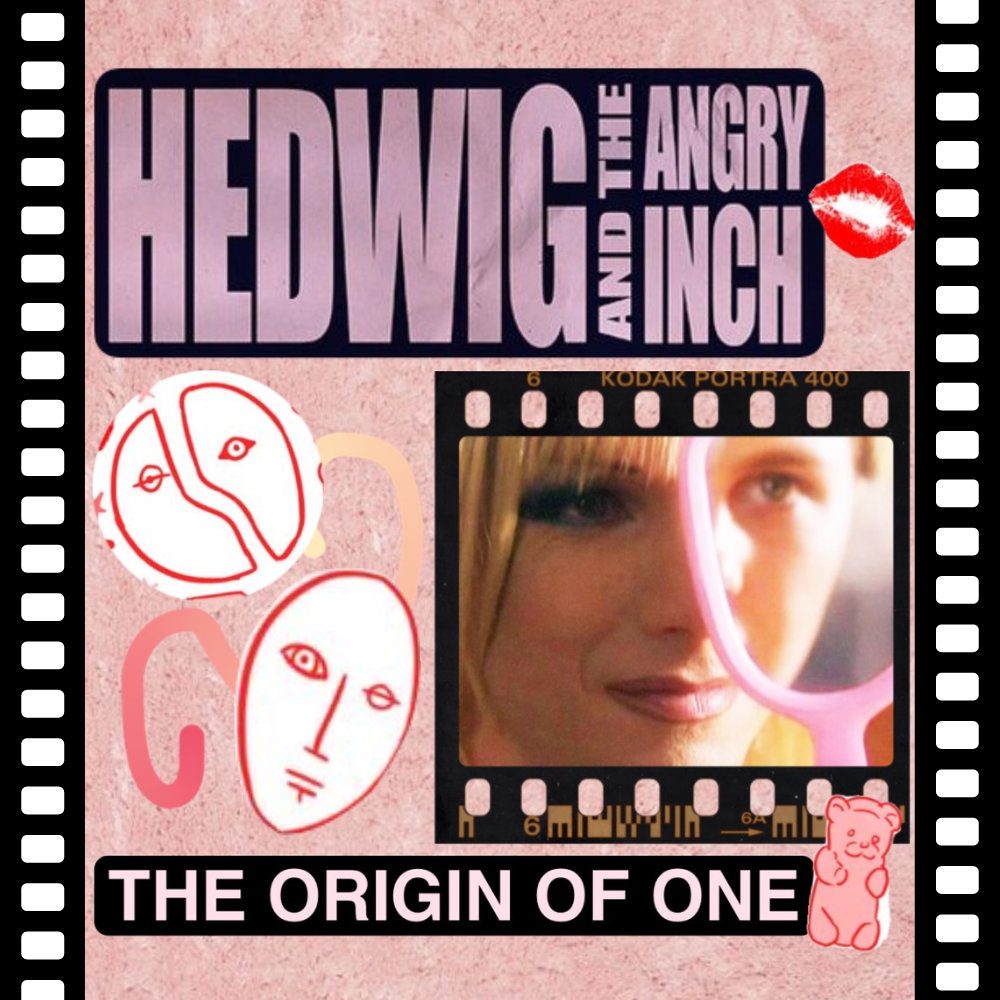Please visit response.fsu.edu for official FSU updates and resources.
Hedwig and the Angry Inch: The Origin of One

The end of the 20th century saw the creation of a ton of queer musicals, featuring LGBTQ+ characters and stories on stage and on screen. Many are known to those outside of the musical theater community, such as the Rocky Horror Picture Show and Rent, while others tend to be known by Broadway fans only. Hedwig and the Angry Inch falls into the latter category. Despite being a bit lesser known, Hedwig remains a powerful story that still resonates with audiences today, dealing with topics like longing, loss, acceptance, and self-love.
The 2001 film is an adaptation of the 1998 stage musical, written and directed by one of the show’s creators, John Cameron Mitchell. He also plays the titular role of Hedwig in the film, reprising his original off-Broadway role. The plot revolves around an East-German genderqueer rockstar named Hedwig, who was born a gay man but undergoes a botched genital reassignment surgery, leaving her with an “angry inch” of skin between her legs. The audience follows her band’s tour around the United States, listening as Hedwig tells her life story in between sets and performances. Even the songs, inspired by the androgynous glam rock of the 1970s, provide insight into Hedwig’s past.
One of the biggest themes of this musical is halves becoming whole and forming one. Hedwig is obsessed with this concept, based on the story “The Origin of Love” from Aristophanes’ speech in Plato’s Symposium. Humans were once connected to another, living as two-headed, four-armed, four-legged beings until angry gods split them down the center. Now they live as separate pieces, always searching for their other half. The city she is born in reflects this. Berlin is divided into halves - east and west - with a wall establishing this divide. Hedwig, searching for her other half in east Germany, believes she has found it in an American soldier from the west. He convinces her to get the genital reassignment surgery so she can marry and move to the US with him. But on their first wedding anniversary, two things happen: he leaves her, and the Berlin Wall falls. The two halves of the city become one again, while Hedwig continues to search for the person who will make her whole.
Then, during a babysitting job, she befriends the brother of the child under her charge. This teenager, Tommy Speck, finds her music fascinating, and the two write songs together, eventually entering into a relationship. Hedwig feels Tommy is her soulmate, which is represented visually during the mirror scene in the film. Hedwig has given her lover his new stage name, Tommy Gnosis, and draws a gray cross on his forehead. When she holds a mirror up for him, the camera displays half of Tommy’s face in the mirror, and half of Hedwig’s face behind it. Together, their faces create one, reflecting Hedwig’s tattoo of two half faces forming a whole. But when Tommy discovers her angry inch, he abandons Hedwig and steals the music they wrote together.
In the end, Hedwig must learn to love herself, even if no one else ever does. She reconciles her two halves, her front and back, that others like Tommy could not (“Love the front of me!”). Hedwig also accepts her gender identity, rejecting the binariness of picking a gendered half. She is not male nor female, but rather genderqueer, simply Hedwig. By loving herself, she becomes whole, reflected in her tattoo at the end of the film of one face combining the two half-faces. Plus, with this acceptance and self-love, Hedwig can be happy and allow those around her the same acceptance and happiness, like her husband Yitzhak and their Angry Inch band.
This musical comedy-drama film is a beautiful tale of queer people coming to terms with and being able to love themselves in a society that struggles to do the same. Hedwig only finds external fame and love from the masses after she finds it internally within herself. Hedwig and the Angry Inch celebrates the unique voices and stories of LGBTQ+ individuals, that while steeped in a certain time and place, are still relevant even in contemporary times. Hedwig reminds us that we are not incomplete or broken, and to forget Plato and Aristophanes. It is up to each of us to decide our own glamorous fate, life, and love.
Written by: Sarah Moloney
Art by: Sarah Moloney



